India is celebrating the historical time when the nation transited towards becoming an independent republic. On January 26, the citizens observes Republic Day 2019. It was on this day, when the Indian Constitution came into effect in 1950, replacing the Government of India Act (1935) as the governing document of our nation. Every free nation has its own flag which represents the country. And there are significant histories behind the creation of the flag of a nation. Likewise, the Indian flag also holds many facts that are important for us to know. The tiranga or tricolour flag have evolved over the years and has many legacies that are less down among the citizens. 12 National Symbols of Incredible India & Their Importance That You Should Know.
After a lot of struggle and countless sacrifices by our freedom fighters, India gained independence on August 15, 1947. We did not have a permanent constitution, instead of the laws were based on the modified colonial Government of India Act 1935. On August 28, 1947, the Drafting Committee was appointed to draft a permanent constitution, with Dr B.R. Ambedkar as a chairman. While Independence Day celebrates the freedom of the country, the Republic Day commemorates the constitution’s enforcement. Best Republic Day Quotes That You Can Use to Make Your Speech Patriotic.
The present National Flag of India was adopted during the meeting of Constituent Assembly held on July 22, 1947, just a few days before India’s Independence. The term ‘tricolour’ refers to the Indian national flag. It is a horizontal tricolour of deep saffron (Kesari) at the top, white in the middle and dark green at the bottom, all in equal proportion. A navy blue wheel which represents the Dharma Chakra is at the centre. The design is that if the wheel which appears on the abacus of the Sarnath Lion Capital of Ashoka. On the occasion of Republic Day 2019; let us take a look at the evolution of the tricolour Indian national flag. Watch Videos of Patriotic Addresses for Students to Present in School & Celebrate 26th January.
Unofficial Flag of India in 1906
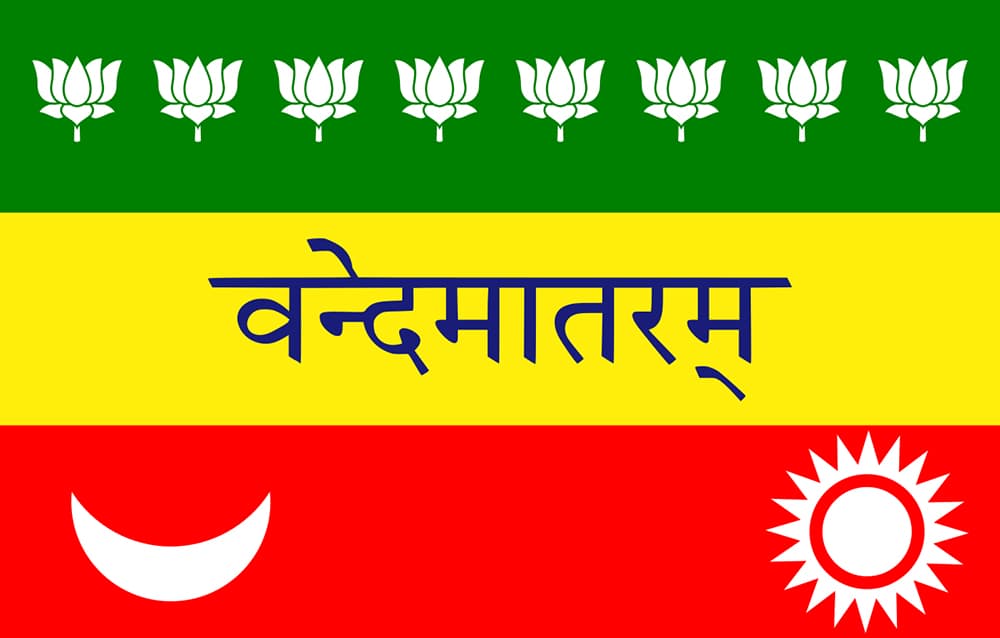
The first national flag of India was hoisted on August 7, 1906, at the Parsee Bagan Square (Green Park), Calcutta. As described above, the flag was composed of three horizontal strips of red, yellow and green.
The Berlin Committee Flag in 1907
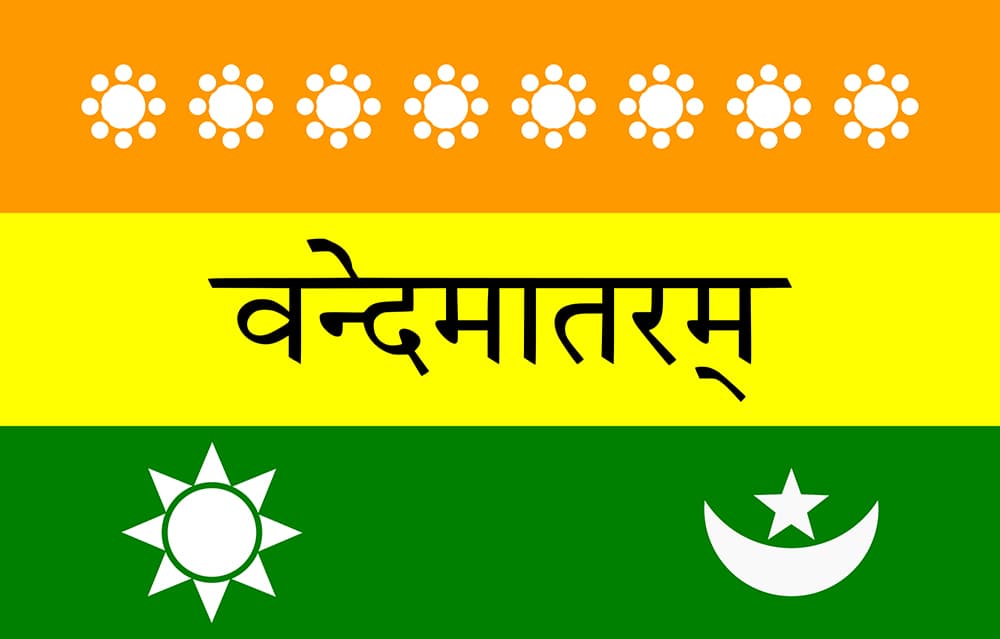
The second flag was the Berlin Committee Flag which was collectively designed by Madam Bhikaji Cama, Vinayak Damodar Savarkar (Veer Savarkar) and Shyamji Krishna Varma. Madam Cama on August 22, 1907, first unfurled the flag at Stuttgart, Germany and thus attained the status of the first Indian flag to be hoisted in a foreign land.
Indian Flag During Home Rule Movement in 1917
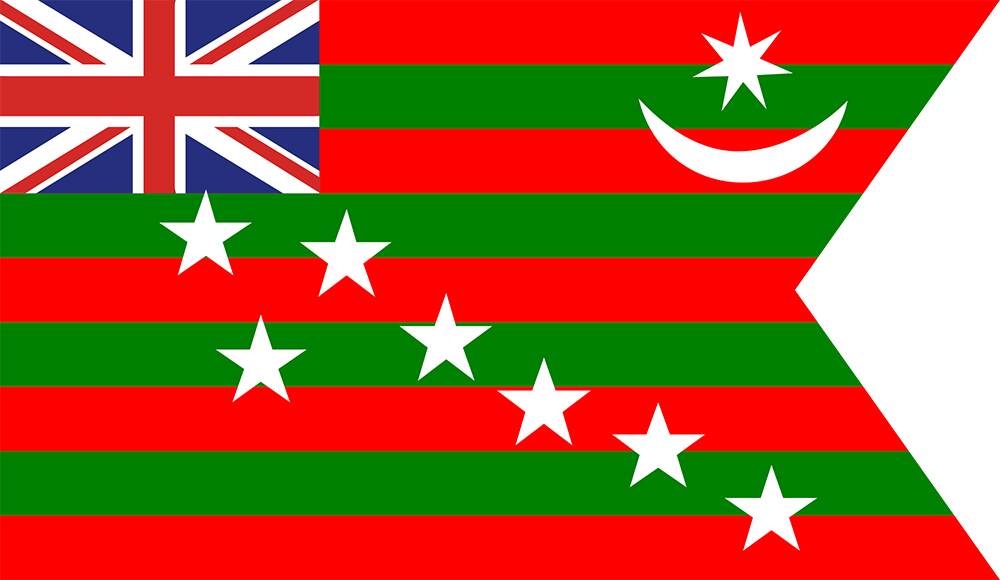
Dr Annie Besant and Lokmanya Tilak hoisted the third flag in 1917 during the Home Rule Movement. In this flag, it had five red and four green horizontal strips arranged alternatively. It also has seven stars in the saptarishi configuration, and the left-hand top corner was the Union Jack. It also had a crescent moon and a star at the right side on the top corner.
Indian Flag 1921
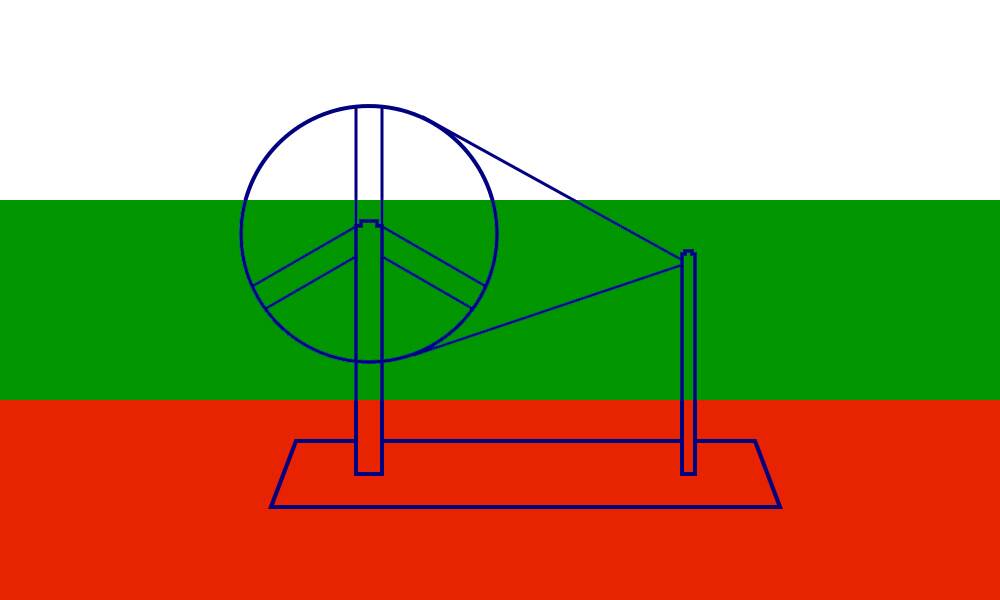
The All India Congress Committee met at Bezwada in 1921 for a session. An Andhra youth prepared a flag and took it to Mahatma Gandhi. It was made up of two colours- red and green that represented the two major communities at the time; Hindus and Muslims. It was Gandhiji who suggested the addition of a white strip at the top to represent the remaining communities of our nation and also the spinning wheel at the centre that symbolises the progress of our country.
Indian Flag 1931
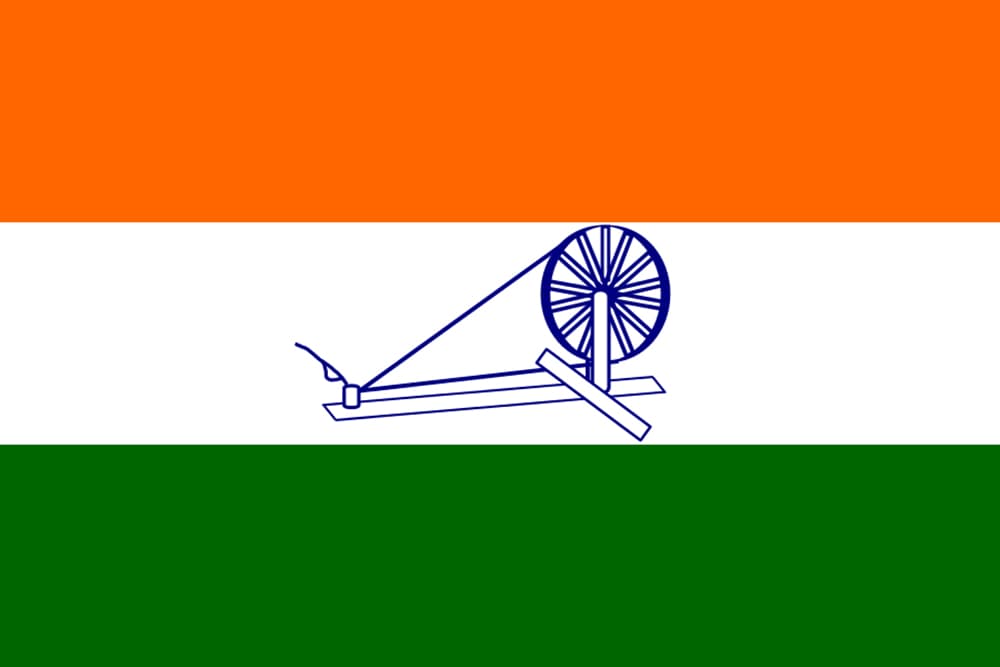
The year 1931 was a landmark in the history of the national flag of India. Designed by the freedom fighter Pingali Venkayya, this flag reminisces the current one. It had the saffron band on the top, white in the middle and green at the end with Mahatma Gandhi’s spinning wheel at the centre.
The Present Tricolour Flag
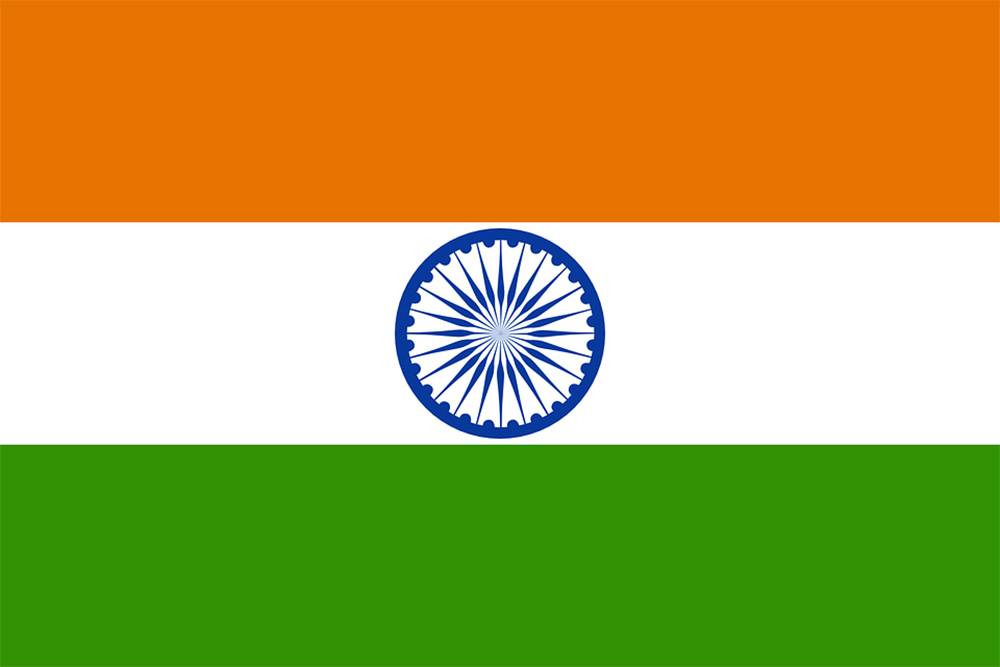
The Constituent Assembly on July 22, 1947, adopted the Free India 1931 National flag with a little modification. The colours and the significance remained the same as the earlier one. However, in place of the spinning wheel, the Dharma Charkha of Emperor Asoka was adopted. It was the tricolour flag of the Congress party that eventually became the tricolour flag of Independent India.
Watch Video of the Evolution of the Indian National Flag Tiranga From 1906 to 1947
It is really amazing to see, the various changes that the Indian national flag went through since the time our country was struggling for freedom. It has so many political and historical milestones connected to it with equal emotion of oneness and patriotism.
(The above story first appeared on LatestLY on Jan 26, 2019 08:37 AM IST. For more news and updates on politics, world, sports, entertainment and lifestyle, log on to our website latestly.com).













 Quickly
Quickly








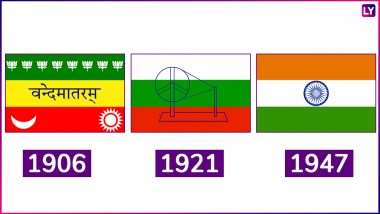
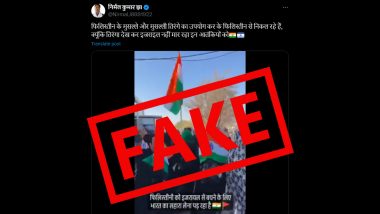



 GT
GT







